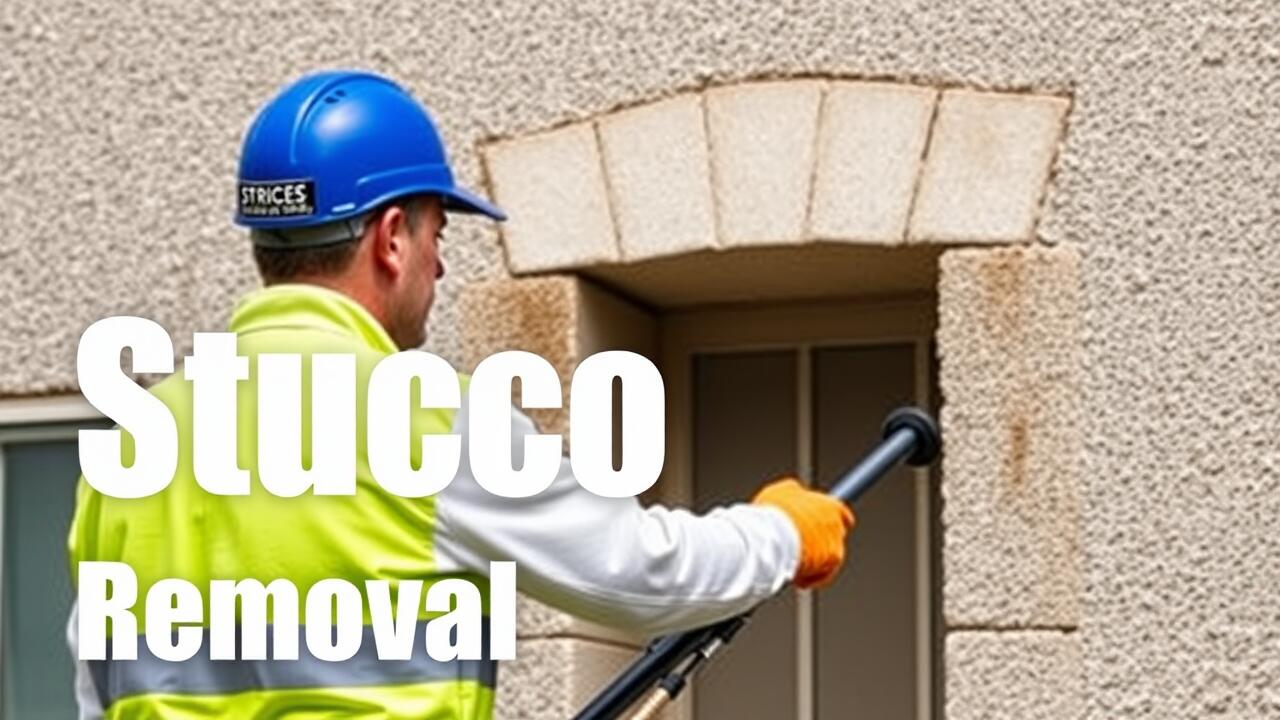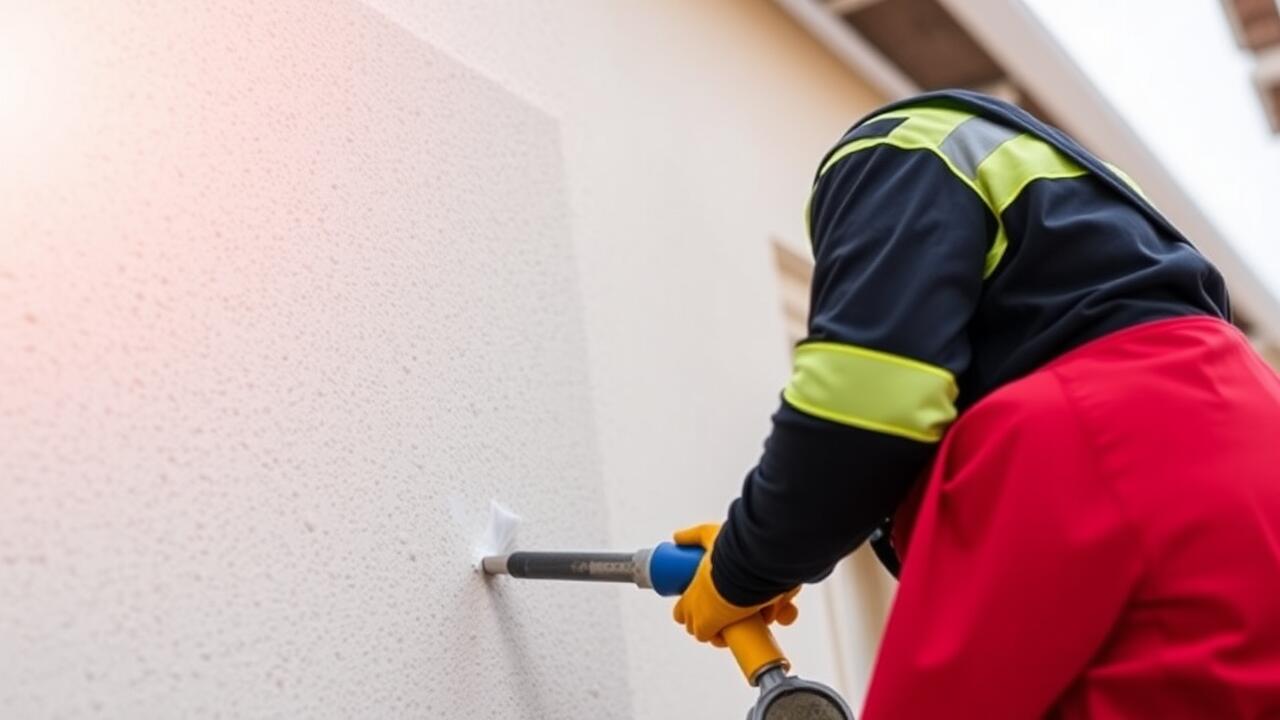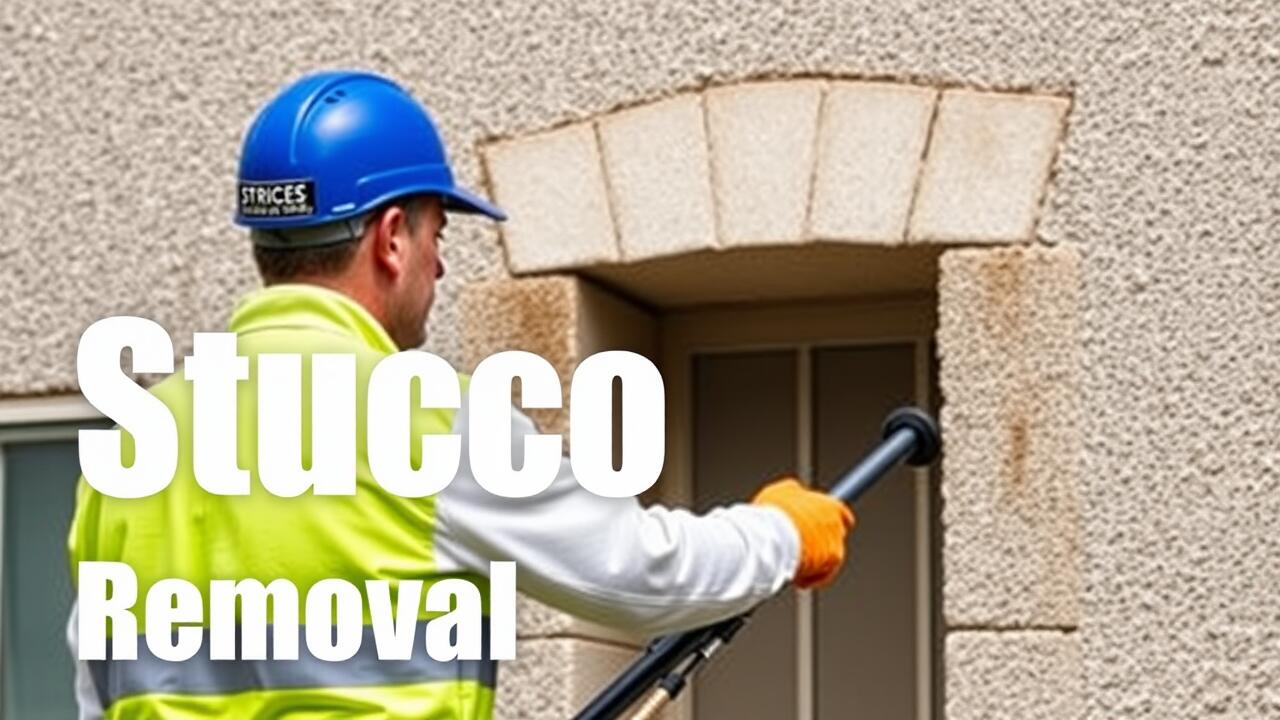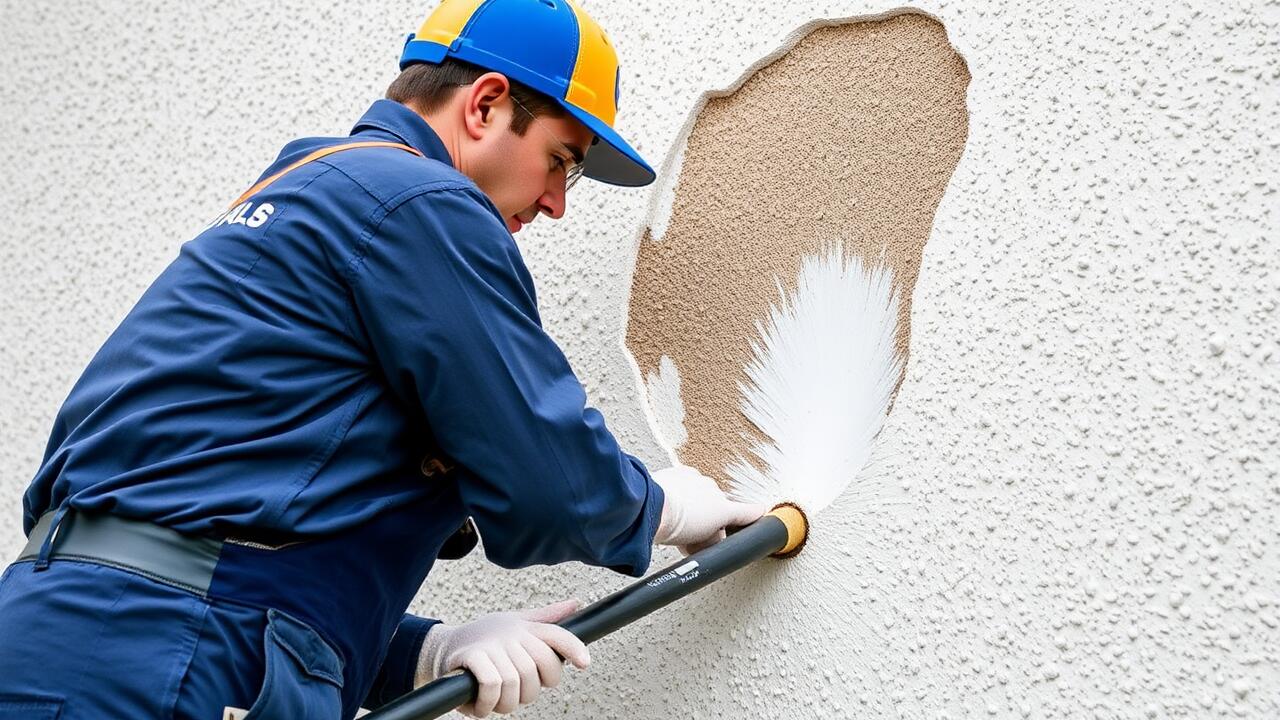
Techniques for Effective Stucco Removal
Using heat guns can be one of the most effective techniques for removing stucco. These tools emit high-temperature air, softening the material and making it easier to scrape away. It is crucial to maintain a consistent distance from the surface to avoid damaging the underlying structure. Start by setting the heat gun to a moderate temperature and gradually adjust it as needed. Additionally, wearing protective gear is essential to ensure safety from falling debris and heat exposure.
When searching for "Stucco Removal near me," one may find a variety of professionals and resources. Engaging experts can provide insights into the most effective removal techniques tailored to specific stucco types. Professionals often have access to specialized tools and methods that can expedite the process while minimizing damage. Understanding the nuances of stucco composition also allows for targeted approaches, ensuring that any structural surfaces remain intact during removal.
Proper Heating Methods
When using a heat gun for stucco removal, it is essential to maintain the correct temperature settings to avoid damaging the underlying surface. Starting with a lower temperature helps to assess how the stucco reacts to the heat. Gradually increasing the temperature allows for a more controlled removal process. Focusing on small sections at a time can improve efficiency and ensure that the stucco softens adequately before scraping.
Consistency in heat application is vital for effective stucco removal. Holding the heat gun at an appropriate distance prevents scorching while allowing for even distribution of heat. It's also important to frequently check the material's condition as you work. For those searching for effective methods, performing a quick search for "Stucco Removal near me" might reveal local experts who can offer techniques or equipment suited for the job.
Common Challenges in Stucco Removal
Stucco removal can present various challenges that can complicate the process and extend the time required for completion. One significant issue is the potential for damaging the underlying surface, which could lead to costly repairs. Homeowners often search for “Stucco Removal near me” to find professionals who can handle the task carefully. Temperature control becomes essential during this process; overheating can lead to the melting of underlying materials while inadequate heat may not loosen the stucco effectively.
Another common challenge is the presence of multiple layers of stucco applied over the years. Older homes may have had numerous renovations, making it difficult to determine how many layers need to be addressed. This can complicate the assessment of materials left behind and the labor required. Inexperienced individuals attempting DIY projects may not realize that traditional methods might not suffice in such cases. By recognizing these difficulties, one can better prepare for a more successful removal process.
Troubleshooting Tips During the Process
When engaging in stucco removal, challenges may arise that require quick solutions. If the heat gun isn't effectively softening the stucco, ensure that you are maintaining the appropriate distance from the surface. A distance of about six to eight inches is usually ideal for effective heating without risking damage to the substrate underneath. Additionally, moving the heat gun in a back-and-forth motion can prevent any one area from overheating, which could lead to further complications.
In case you notice that the stucco is not coming off as smoothly as anticipated, consider checking the temperature settings on your heat gun. A higher temperature might be necessary for thicker applications of stucco. If you run into difficulties like stubborn spots, it may be helpful to combine your heat gun with a scraping tool for better leverage. For those looking for professional assistance, searching "Stucco Removal near me" can lead to resources that simplify the process and ensure a better outcome.
Alternative Methods for Stucco Removal
While heat guns are effective for stucco removal, other methods can also be utilized depending on the specific conditions of the job. For instance, a pressure washer can effectively strip away loose stucco in large areas, making it suitable for exterior surfaces that can withstand high water pressure. Chemical removers offer another alternative, particularly in situations where heat might damage underlying structures. Using these products requires adherence to safety protocols and ventilation, as they often contain caustic substances.
When looking for professional assistance, searching for "Stucco Removal near me" can yield local service providers who specialize in various removal techniques. These professionals are often equipped with the necessary tools and expertise to tackle the task efficiently. Additionally, they can assess the condition of the stucco and determine the best method to ensure minimal damage to the underlying framework. This can save time and effort for homeowners undertaking such a project on their own.
Comparing Heat Guns to Other Tools
Heat guns have become a popular choice for stucco removal due to their versatility and efficiency. They provide a concentrated heat source, softening the stucco material for easier scraping. In contrast, traditional tools like chisels or scrapers can require significantly more physical effort and time. These methods often lead to damage to underlying surfaces, whereas heat guns minimize the risk of such issues when used correctly. Professionals and DIY enthusiasts alike often search for "stucco removal near me" to find local services equipped with heat guns, which streamlines the process.
On the other hand, pneumatic tools such as grinders and chisels can also perform stucco removal but come with their own set of challenges. These tools generate dust and debris, requiring adequate protective gear and cleanup efforts. Additionally, they can be less precise than heat guns, making it easier to cause damage to the substrate beneath the stucco. The choice between using a heat gun or pneumatic tools often depends on the specific project and personal preference. In many cases, people find that using a heat gun leads to a cleaner and more efficient stucco removal process.
FAQS
What is a heat gun, and how is it used in stucco removal?
A heat gun is a handheld tool that emits a stream of hot air, which can soften materials like stucco for easier removal. It is used by directing the heat onto the stucco surface, allowing it to loosen and be scraped away.
Are there specific temperatures I should aim for when using a heat gun for stucco removal?
Generally, heat guns should be set between 750°F to 1,100°F for stucco removal. However, it's important to monitor the surface closely to avoid damage to underlying materials or causing a fire hazard.
What precautions should I take when using a heat gun for stucco removal?
When using a heat gun, always wear protective gear such as gloves, goggles, and a mask to shield yourself from heat and dust. Additionally, keep flammable materials away from the work area and ensure good ventilation.
Can I remove stucco without a heat gun?
Yes, stucco can be removed using alternative methods such as chiseling, scraping, or using chemical removers, but these methods may require more physical effort and time compared to using a heat gun.
What are some common challenges I might encounter when using a heat gun for stucco removal?
Common challenges include overheating the surface, which can damage underlying materials, difficulty in accessing tight spaces, and the risk of fumes or dust. Always monitor the process closely and use proper techniques to mitigate these issues.


